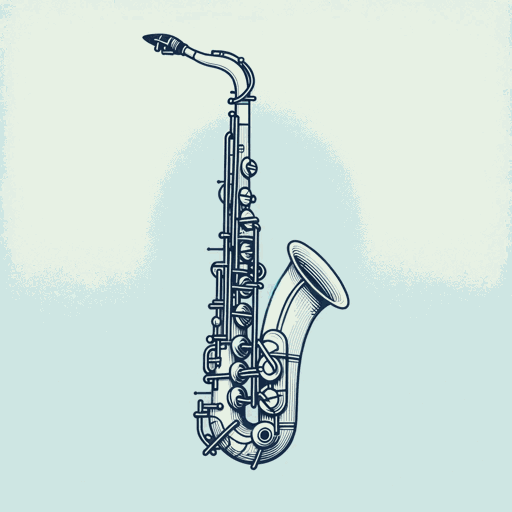46 pages • 1 hour read
James BaldwinNo Name in the Street
Nonfiction | Essay Collection | Adult | Published in 1972A modern alternative to SparkNotes and CliffsNotes, SuperSummary offers high-quality Study Guides with detailed chapter summaries and analysis of major themes, characters, and more.
Part 1, Pages 51-81Chapter Summaries & Analyses
Part 1: “take me to the water”
Part 1, Pages 51-81 Summary
Baldwin returns to New York in 1957. He intends to travel south, but remains in New York for a time to save money for the trip. He begins to see New York through a different lens and reconsiders his connection to the city. After a while, he leaves for the South.
For Baldwin, the South is both beautiful and terrifying. He learns “to live with his fears” and realizes his own limits (52). He also gains insight into the emotional state of Americans. He emphasizes America’s “emotional poverty” and people’s inability to connect their public and personal lives, which impacts the relations between white and Black Americans. White Americans are afraid to confront their inner selves; thus the white imagination has made Black people a “scapegoat” and an invented problem. Still, white Americans cannot escape reality. Traveling south, Baldwin witnesses the destruction of white Americans’ inner lives and their “sorrow.” He believes that the possibility of America’s rebirth lies in the South, as it reveals the reality of the conflict between Black and white people.
During his time in the South, Baldwin participates in the civil rights movement and tours cities. The predominance of terror in the South shows Baldwin Black people’s “pride,” “rage,” and, ultimately, their defiance of death.
Related Titles
By James Baldwin

Another Country
James Baldwin

A Talk to Teachers
James Baldwin

Blues for Mister Charlie
James Baldwin

Giovanni's Room
James Baldwin

Going To Meet The Man
James Baldwin

Go Tell It on the Mountain
James Baldwin

I Am Not Your Negro
James Baldwin

If Beale Street Could Talk
James Baldwin

If Black English Isn't a Language, Then Tell Me, What Is?
James Baldwin

Nobody Knows My Name: More Notes of a Native Son
James Baldwin

Notes of a Native Son
James Baldwin

Sonny's Blues
James Baldwin

Stranger in the Village
James Baldwin

The Amen Corner
James Baldwin

The Fire Next Time
James Baldwin

The Rockpile
James Baldwin
Featured Collections
Black History Month Reads
View Collection
Books on U.S. History
View Collection
Books that Feature the Theme of...
View Collection
Civil Rights & Jim Crow
View Collection
Politics & Government
View Collection
Popular Study Guides
View Collection
Valentine's Day Reads: The Theme of Love
View Collection

